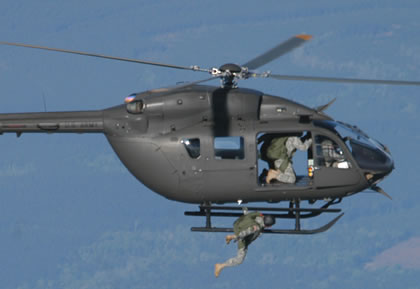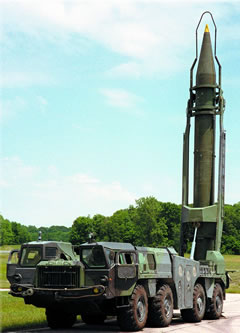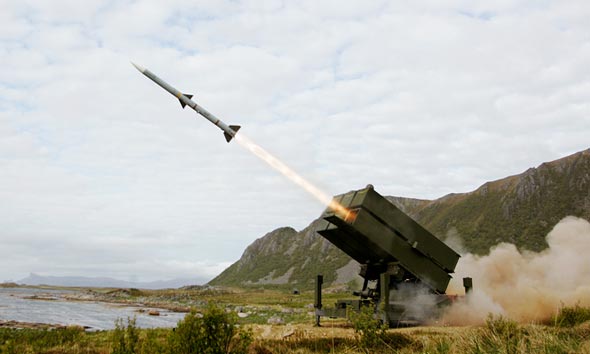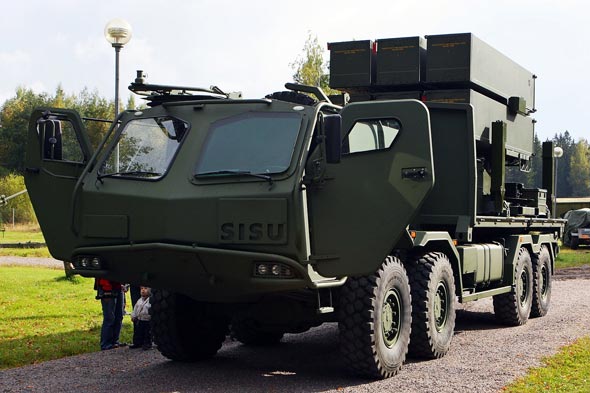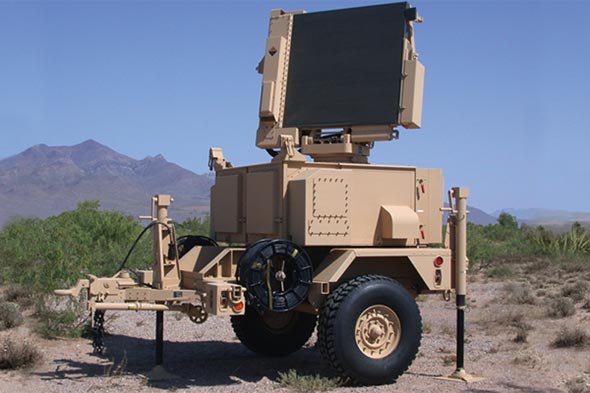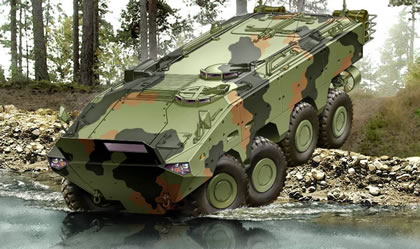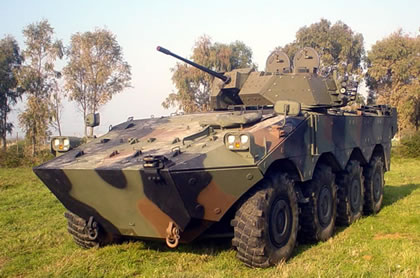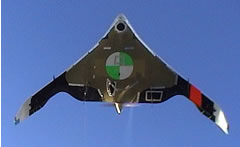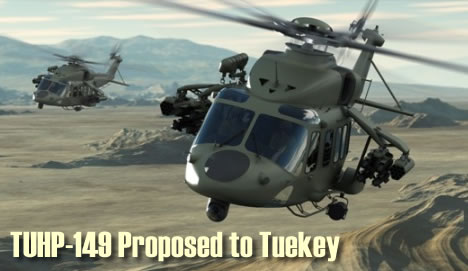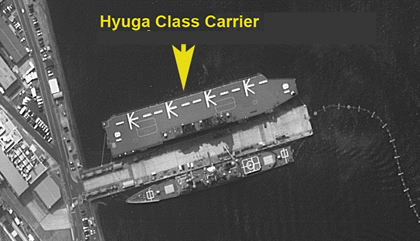“We’re now reaching the point where within one to six months we could see the collapse ofthe Pakistani state” a senior intelligence official in Washington predicted recently, “Pakistan is 173 million people, 100 nuclear weapons, has more soldiers that the US Army, and al-Qaeda headquarters sitting right there in the two-thirds of the country that the government doesn’t control. The Pakistani military, police and intelligence services don’t follow the civilian government rule; this is essentially a rogue state within a sovereign country.”
Troubles from the Northeast Frontier
The recent agreement between the Taliban and the Pakistani government in Islamabad has triggered a dangerous policy of appeasement that could derail the war on terror and threaten the nation’s stability. Analysts say the decision by the Pakistani parliament and President Asif Ali Zardari to allow Sharia (the establishment of the Islamic law), in parts of the nation’s northwest region have backfired and Taliban warfighters are now spreading their control over much larger parts of the North-West Frontier Province, edging closer to the capital, Islamabad. Latest reports indicate that Taliban forces have already entered Buner district – spearheading only about 100 kilometers from Islamabad. This latest advance came shortly after the Pakistani government signed a ‘peace agreement’ with these militants, establishing Islamic law in the nearby Swat Valley and other areas of the northwest region.
Last Tuesday, the inspector general of Sindh province, Salahuddin Babar Khattack, warned in an official statement that there was credible intelligence to suggest that militants had already infiltrated into the southern port city of Karachi and planned major sabotage activities. These could include strategic facilities such as an oil refinery complex or power stations. Karachi is also the main sea port where NATO forces receive supplies which are later moved into Afghanistan. It needs no further explanation on what such a development could mean for NATO logistical support which will soon be under pressure with the closure of the Manas base in Tajikistan.
Speaking recently before the U.S. House of Representatives Foreign Affairs Committee, Secretary of State Hillary Clinton used unusually blunt language, accusing the Pakistani government of abdicating to the Taliban. “We cannot underscore enough the seriousness of the existential threat posed to the state of Pakistan by the continuing advances, now within hours of Islamabad that are being made by a loosely-confederated group of terrorists and others who are seeking the overthrow of the Pakistani state, which is, as we all know, a nuclear armed nation” Clinton warned. General David Petraeus, the Central Command chief responsible for the wars in Iraq and Afghanistan, echoed these sentiments when he told US Congress last week that the insurgency could take down Pakistan
Pakistani leaders had never openly admitted that their Muslim nation actually faces a very serious internal threat from an alliance of joint Jihadi forces comprising the Al-Qaeda, Taliban and regional militant groups. But now it seems that this doomsday prediction is already evolving before their very eyes. Only after giving in to growing pressure, have the Islamabad bosses reluctantly ordered some 300 paramilitary troops on to a northwestern area that fell under Taliban control earlier last week. But it was a sorry show of force – too little and too late – to make any impression on the rejoicing Islamists,already on their way to take the capital itself.
Who is Supporting the Taliban?
This highly dangerous and volatile situation might get even worse. The close links between Pakistan’s intelligence service and Islamic terrorist elements, which date back to the 1980s, eliminate any possible differentiation between friends from foe in government offices. The Taliban has been reorganized, trained and sheltered by Pakistan’s national intelligence agency Inter-Services Intelligence [ISI] notoriously and deeply infiltrated by Islamic supporters. Taliban and Al Qaeda elements have been bold enough to mount terror operations in Islamabad, Lahore, Karachi and other big cities and they have been active infiltrating nearly all government departments.
The Taliban warfighters are being armed with Iranian-supplied weapons. In fact the main supplier of arms to the Taliban is Iran. Strangely as it sounds, the Shiites in Tehran are actually sending weapons to their hated arch enemies, the fundamentalist Sunni Taliban, so much is their hated fervor against the western infidels.’ “I have to tell the truth. It is clear to everyone that Iran is supporting the enemy of Afghanistan, the Taliban,” Colonel Rahmatullah Safi, head of border police for western Afghanistan, said. The Iranians may also have equipped the Taliban with heat-seeking anti-aircraft missiles, to replace the depleting stocks of Stingers supplied by the U.S. Central Intelligence Agency in the 1980s, when Washington was their strategic ally in their fight against Russian expansion!
But the Tehran Mullahs may not be the only ordnance suppliers to Taliban. Britain has privately complained to Beijing that Chinese-made weapons are being used by the Taliban to attack British troops in Afghanistan. On several occasions Chinese arms have been recovered after attacks on British and American troops by Afghan insurgents. Afghan officials have also privately confirmed to the BBC, that sophisticated Chinese weapons, including HN-5 SAMs are now in the hands of the Taliban, as are anti-aircraft guns, landmines, rocket-propelled grenades and essential components used for advanced, roadside improvised explosive devices (RS/IED). The deadliest weapons known to cross the border are Iranian-made explosive shaped charges (EFP) armor-piercing explosives.
Different Objectives for Taliban, Al-Qaeda
The Taliban’s objective is to split the Pashto-speaking frontier provinces from Pakistan (where the national language is Urdu) and join them with the Pashto-speaking southern and central areas of Afghanistan, in order to create a nation called ‘Pashtunistan’. The bombings in recent months and the daring attack on the Lahore police academy were designed to avenge the excesses of Pakistani forces in the frontier area. The Taliban are moving, slowly but decisively, to achieve their objective. The achievement of establishing the Sharia law in Swat Valley was the first step, to be followed by establishment of a separate homeland for Pashtu, whose goal is to claim full nationhood.
While this might be Taliban’s goal, Al-Qaeda could have another objective amidst the ongoing turmoil – to grab a nuclear bomb or at least, nuclear material to threaten the western world. Their goal may come within reach: the Pakistani military is much more Islamic today than it has been in the past. It is possible that when pressured with religious zeal, soldiers may put faith ahead of their duty. That could be the beginning of the end of U.S. and British-supplied security of Pakistan’s nuclear weapons.
Who is Guarding Pakistan’s Nukes?
Pakistan stores its nuclear materials at different locations, following British and U.S. advice to keep the warheads separate from the triggering devices. Also, the missiles or planes that could carry the bombs are far removed from the nuclear devices. Chaklala, Sargodha, Quetta and Karachi are reported to be the primary strategic materials storage depots. While in storage these materials are harder to compromise. In 2002 Washington supplied Pakistan ‘permissive action links’ (PAL) locks at a cost of over $100 million, to detect and alert national authorities of any attempted tampering.
The Pakistani army has placed this sensitive command structure for many years under General Khalid Kidwai, an experienced officer, who was to retire four years ago. Weather he has actually retired or not, it is difficult to know who is presently in charge. On his last visit, Admiral Michael Mullen, the Chairman of the U.S. Joint Chiefs of Staff (CJCS) said that he believes ‘Pakistan’s nuclear assets are in safe hands’, and that the United States harbors no hopes establishing a military presence in this country. But that was before strongman leader General Pervez Musharraf was overthrown and the present ‘civilian’ administration has headed to oblivion.
Conclusion – Is There a Happy End in Sight?
There are still few optimists regarding the Pakistan army as a professional institution that could reliably keep things under control no matter who is in charge, but that is just a hope. A senior official in the Pentagon is not optimistic at all “Once you’ve figured out the weapon is gone, it’s probably too late.” He commented sourly on the worst case scenario that is already on Pakistan’s doorstep.
Pakistan’s Long Range Ballistic Missiles
Pakistan currently operates the Ghauri I, Ghauri II and Shaheen II ballistic missiles, (also known as Hatf series missiles) all capable of carrying a nuclear warhead ranges between 1,500 to 2,300 km. (Ghauri) and up to 2,400 (Shaheen II). Pakistan is currently working on extending its operating range with even longer range missiles – the Ghauri-III and Shaheen III. In the early 2000s Pakistan embarked on the development of long range ballistic missiles, with ranges of 4000 – 9000 km. These include the Ghauri III and Shaheen III and is an Intermediate Range Ballistic Missile (IRBM) being deployed by Pakistan, designed to be a 3-stage missile, based on the two-stage Ghauri missile. It would be by far the most advanced ballistic missile, with the farthest range, in Pakistan’s arsenal. The Ghauri-III missile will use a liquid propellant engine. Its estimated range is 3,500 km – 4,000 Km. Shaheen-III is another IRBM under development by Pakistan is the Shaheen III. This missile was started development around 2002. It was reported having the potential to reach up to 9,500 km in range, but a more realistic 4,000 – 4,500 km. is assumed, when the missile will be fitted with combat payload.
May 10, 2009 Update:
New Reactor Under Construction at Pakistan’s Nuclear Site
 Pakistan is expanding its nuclear weapons program even as Islamic extremists in northwest Pakistan are advancing in the direction of several highly sensitive nuclear-related sites, U.S. officials and other experts warned this week.
Pakistan is expanding its nuclear weapons program even as Islamic extremists in northwest Pakistan are advancing in the direction of several highly sensitive nuclear-related sites, U.S. officials and other experts warned this week.
“In the current climate, with Pakistan’s leadership under duress from daily acts of violence by insurgent Taliban forces and organized political opposition, the security of any nuclear material produced in these reactors is in question,” mentioned an April 23 report by the Washington based Institute for Science and International Security.
Some of the officials and experts are more worried that Islamic radicals or sympathizers inside Pakistan’s military might get their hands on radioactive material that could be used to make a crude dirty bomb than they are about a theft of one of the heavily guarded weapons themselves. A new plutonium production reactor is being built next to a reactor at Khushab, in the heartland Punjab on the North West Frontier Province, much of which is already under the Taliban’s control or influence. Pakistan also has a number of important military-industrial complexes, including the Gadwal Uranium Enrichment Plant, where the final enrichment of uranium weapons fuel is thought to take place, less than 60 miles south of Buner, where the Pakistani military is battling the Taliban
“If the worst, the unthinkable, were to happen, and this advancing Taliban encouraged and supported by al Qaeda and other extremists were to essentially topple the government for failure to beat them back, then they would have the keys to the nuclear arsenal of Pakistan,” Secretary Hillary Rodham Clinton said in an April 26 interview with Fox News. The fear that jihadists might obtain radioactive material for a dirty bomb is heightened by concern about a potential “insider threat” amid intelligence reports of strong Islamic and anti-American sentiment within the Pakistani officer corps. In fact “there is a rising tide of jihadist sympathizers within the Pakistani military,” asserted a senior U.S. defense official.
May 31, 2009 Update: As the Pakistani Army is on the offensive engaging some 4,000 Taliban militants in the Swat Valley, in a campaign that has earned Western praise, other regions in Pakistan are erupting with violence in several places seized under militant control. Most of the civil population of Mingora, around 375,000 residents has already fled from the area. The military briefly lifted a curfew Sunday, allowing some of the 20,000 or so that remained to buy provisions in the few shops that were open. While the Pakistani Army is seizing more area in the Swat valley, the fighting has already been spreading into other locations, such as South Waziristan, which has been under Taliban control for some time. Now, the militants seem to be getting closer to Pakistan’s nuclear production center in Khushab. Over the weekend, insurgents attacked an army convoy on the night of 30/5 near the village of Tiarza, located south of the Afghan border, in the high mountains of South Waziristan. The attack sparked more battles in the southern parts of the region. By daylight militants attacked with missiles an army camp in South Waziristan’s Jandola, located some 40 kilometers to the east, overlooking the city of Tank, which is part of the densely populated Indus River valley. According to Pakistani sources the military retaliated using artillery, and moved troops moved into a ‘Taliban-held village’ to force out the armed Islamist extremists, therefore admitting that Taliban has maintained a grip on this strategic region as well.

